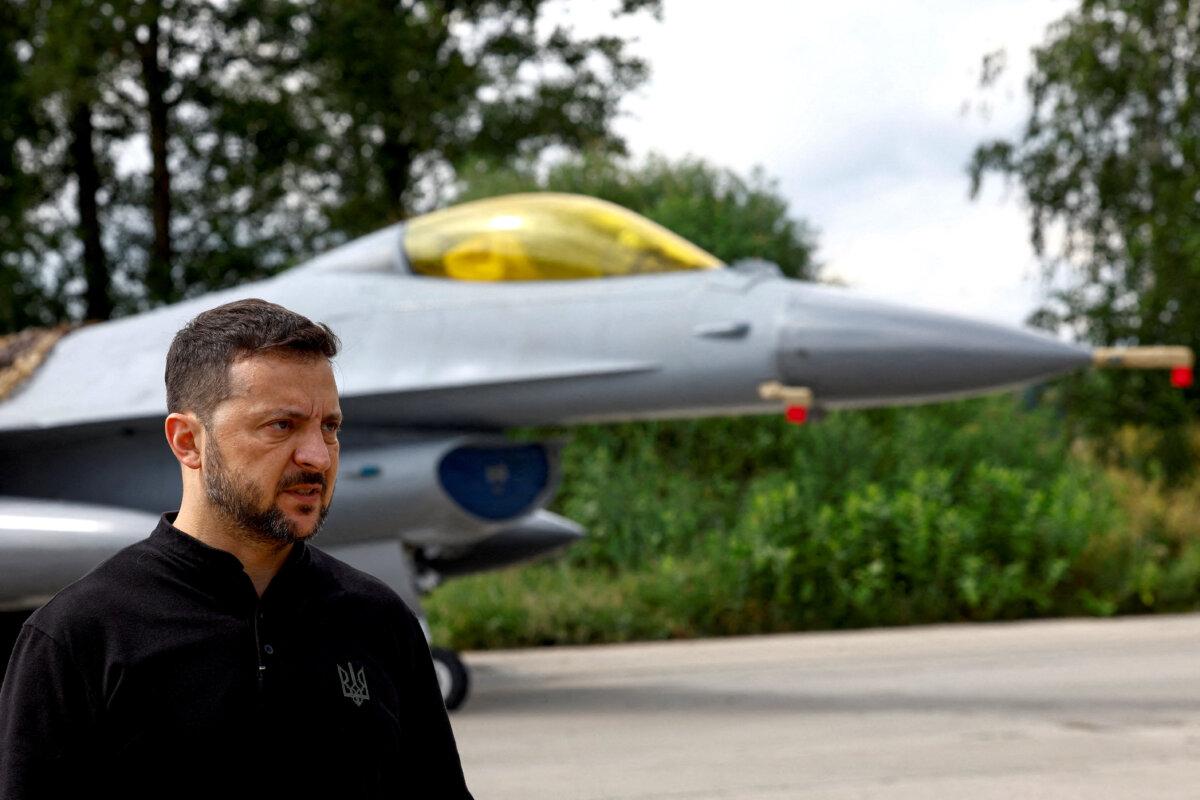Zelenskyy Voices Frustration with West’s Reaction to Russian Forces in North Korea
The Ukrainian president expressed concern that the international community is not speaking out strongly enough about reports of North Korean troops in Russia.
During a visit to Iceland on Oct. 29, Ukrainian President Volodymyr Zelenskyy called on his international supporters to respond more forcefully to reports of North Korean troops in Russia. He reiterated his requests for long-range cruise missiles to strike inside Russia.
Zelenskyy has been raising alarms about the thousands of North Korean forces allegedly arriving in Russia to potentially fight against Ukraine. NATO and the United States have also shared similar assessments regarding the North Korean force buildup.
Although Pyongyang denied sending its troops to Russia, Russian President Vladimir Putin did not deny the allegations when questioned last week.
Zelenskyy emphasized that, in his view, the reports of North Korean troops in Russia are factual. However, he acknowledged that there are some partners who remain skeptical about the presence of North Korean soldiers in Russia.
“I think the voices of the United States, NATO, Western partners, the global south, and China are not as loud as they need to be,” he stated.
Zelenskyy characterized the alleged deployment of North Korean troops as part of a pattern of Russian actions over the last decade that have tested the resolve of Ukraine’s Western supporters. He highlighted the lack of a strong response from the West to Russia’s actions in Crimea in 2014 and its support for separatist movements in Ukraine’s eastern Donbas region. Zelenskyy suggested that the muted reaction to these events encouraged Putin to proceed with the Russian invasion of Ukraine in 2022.
President Joe Biden’s administration has issued statements urging against North Korean involvement in the Russia-Ukraine conflict and reassured that Ukrainian forces could use U.S.-donated weapons to defend against any attacks from North Korean troops.
During an Oct. 30 press briefing, U.S. Secretary of Defense Lloyd Austin and South Korean Minister of Defense Kim Yong-hyun reiterated calls for North Korean leader Kim Jong Un to withdraw his forces from Russia and avoid entangling his country in the ongoing war with Ukraine.
Austin mentioned that the United States continues to monitor the movements of North Korean troops in Russia and will collaborate with allies to discourage such actions.
Zelenskyy’s Push for Long-Range Weapons
In response to questions about whether Ukraine’s Western supporters should react to North Korean forces entering Russia, Zelenskyy linked the issue to his plea for the West to provide Ukrainian forces with long-range weapons and permit their use to strike Russian territory.
“When we discuss the topic of long-distance weapons for Ukraine and permission for Ukraine to employ such weapons, particularly against military targets in Russia, some countries express concerns about crossing red lines and escalating tensions with Russia,” Zelenskyy explained.
“Our ability to defend our land is restricted to when our land is already under attack, when it is occupied, when innocent lives are being lost, or are at risk of being lost,” he added.

Emergency workers stand amidst the rubble after a Russian strike that hit a residential building in Kharkiv, Ukraine, on Sept. 24, 2024. Andrii Marienko/AP
Zelenskiy added: “So it means between partners—there’s not any confidential things.”
The Epoch Times reached out to the White House, the National Security Council, and the Department of Defense for a comment on the reported Ukrainian request for Tomahawk missiles and Zelenskyy’s recent statements, but received no response as of press time.
The United States has been the primary source of military assistance for Ukraine throughout the ongoing conflict and has allocated around $175 billion in military and economic support related to Ukraine. However, the Biden administration has expressed reservations about taking actions that could provoke a harsh response from nuclear-armed Russia or escalate the conflict.

Ukrainian President Volodymyr Zelenskyy at an undisclosed location in Ukraine on Aug. 4, 2024. Valentyn Ogirenko/Reuters
Modern models of the Tomahawk cruise missile have a range of around 1,000 miles.
Reuters contributed to this article.





